Joao Vera-Cruz
Seedling
Hi there,
I have a "semi-heavy" planted Fluval Roma 200 with the following setup:

From research and reading on the forum it may be related to (lack) of nutrients, could be too much lighting, could be CO2...
Focussing on the easiest to be solved 1st - lighting >> I know the guideline is 8h/day max but for the fresh & plants LED should power be 100%? Or dimmed to 80% during those 8h? Or less?
Lights schedule is:
8am - 12pm @ 100%
12pm - 3pm @ 30% (break)
3pm - 6pm @ 100%
6pm - 7pm dimming gradually until 5% moon light until 8am following day where the loop restarts.
Appreciate the above is a lot to process but wanted to give as much info as I can to drive an informed feedback.
Thanks
I have a "semi-heavy" planted Fluval Roma 200 with the following setup:
- Fluval fresh & plants LED light running 7h/day
- No pressurised CO2, instead I've been using Seachem Flourish Excel;
- As substrate I have Caribsea Eco-Complete and silica gravel sand on top;
- As plants nutrients I've been using Complete Plant Food
From research and reading on the forum it may be related to (lack) of nutrients, could be too much lighting, could be CO2...
Focussing on the easiest to be solved 1st - lighting >> I know the guideline is 8h/day max but for the fresh & plants LED should power be 100%? Or dimmed to 80% during those 8h? Or less?
Lights schedule is:
8am - 12pm @ 100%
12pm - 3pm @ 30% (break)
3pm - 6pm @ 100%
6pm - 7pm dimming gradually until 5% moon light until 8am following day where the loop restarts.
Appreciate the above is a lot to process but wanted to give as much info as I can to drive an informed feedback.
Thanks



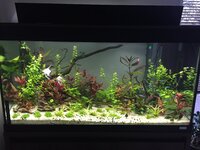
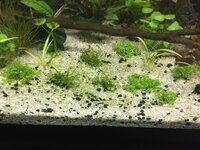
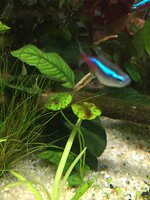
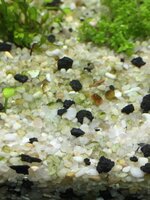
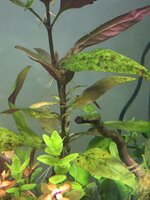
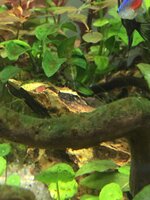
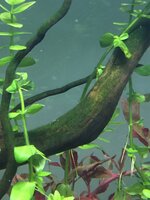
 I prefer to have him focus his efforts in correct fault isolation.
I prefer to have him focus his efforts in correct fault isolation.
